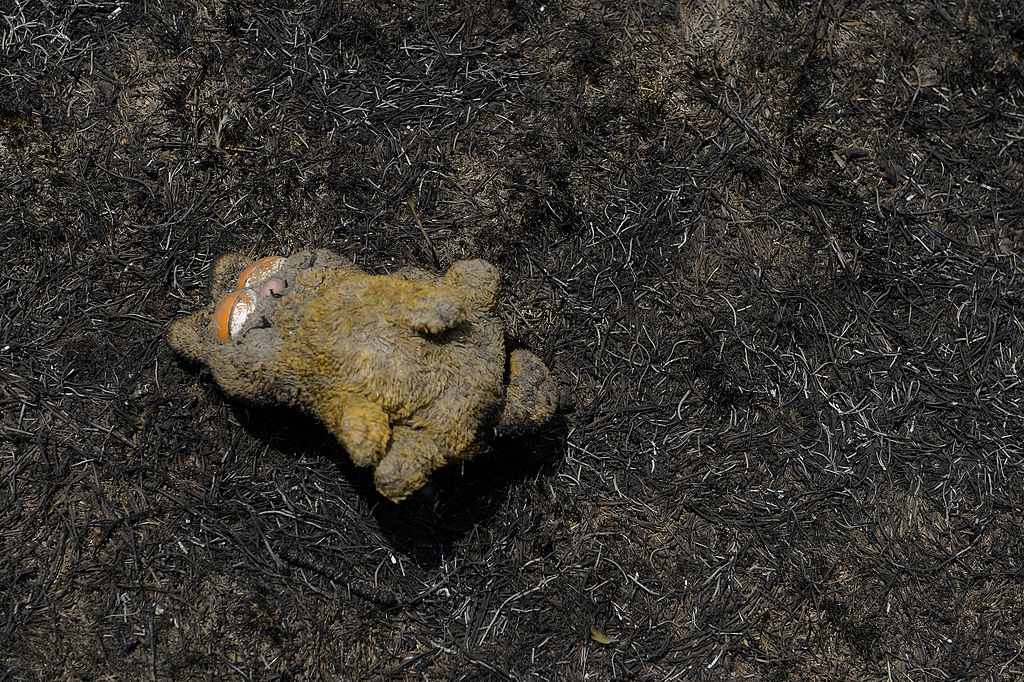Indigenous children experience burns at double the rate of non-Indigenous children according to a recent study, led by the UNSW in Health and supported by researchers at The researchers investigated the differences in burn injuries in Indigenous and non-Indigenous children and determined that the severity of burns and recovery rate was higher in Indigenous children to non-Indigenous children.
The study participants included 4,246 non-Indigenous and 323 Indigenous children that were hospitalised for a burn injury during 2000-2014 and the results were compelling by comparison between Indigenous and non-Indigenous patients.
The study not only looked at the incidence of burns but the degree in which they affected the body, otherwise referred to as total body surface area (TBSA) and the study revealed that there is a higher proportion of Indigenous children presenting with burns affecting more than 10% TBSA.
Having consistent access to high quality care is fundamental to good outcomes in burns care.
The study has been published in the with author, Holger Moller, stating:
“Burns can be among the most devastating of child injuries and can result in long-term physical and psychological impairment thus affecting the child’s development and future life,” he said.
“We could not assess the longer term outcomes of burn injury in this study and to date little is known about the long term outcomes, the post-discharge care, and the impact of care on functional outcomes in Aboriginal children.”
The study rated the causes of the more serious burns with scalds being the leading cause of significant burn injuries to Indigenous children, comprising 62% of presentations, compared to non-Indigenous children which comprised 47% of presentations. The report noted that there were a higher incidence and degree of flame burns in Indigenous children compared to non-Indigenous children, and this was largely based on location of children in rural and remote areas where there are more outdoor fires. The study found that the median TBSA for Indigenous children with severe burns was 17% TBSA whereas the non-Indigenous median was 12% and the length of stay for Indigenous patients was, on average, 3 days longer than non-Indigenous patients.
The study found that the median TBSA for Indigenous children with severe burns was 17% TBSA whereas the non-Indigenous median was 12% and the length of stay for Indigenous patients was, on average, 3 days longer than non-Indigenous patients.

A Children's toy burned by a fire. Source: Denver Post -Helen H. Richardson
Even after adjusting the results to account for regional and rural locations and characteristics of the burns, the study results remained “statistically significant” when considering the comparison between Indigenous and non-Indigenous participants which warrants further investigation.
Although the study is ongoing, it raises the notion that we need greater fire and burn awareness in our communities – particularly in kitchens and open fires.
The study authors confirm that following a round table, it is envisaged that the study will follow a group of Indigenous children in four states (NSW, QLD, SA and NT) who go to a tertiary burn unit following a burn injury.
The care, cost and outcomes will be examined and assessed and then there will be a critical analysis of care and what barriers there are to receiving proper care following a traumatic burn injury.
Having consistent access to high quality care is fundamental to good outcomes in burns care. There are well documented barriers to access to both tertiary and primary healthcare for Indigenous people in both urban and rural/remote settings. However, despite the significant burden of burn injury, to date there has been no work that examines care received, or its impact on outcomes in Indigenous children so this research will be pivotal in laying the platform for reform required to ensure good health outcomes for Indigenous children who suffer burns.
Although the study is ongoing, it raises the notion that we need greater fire and burn awareness in our communities – particularly in kitchens and open fires.

